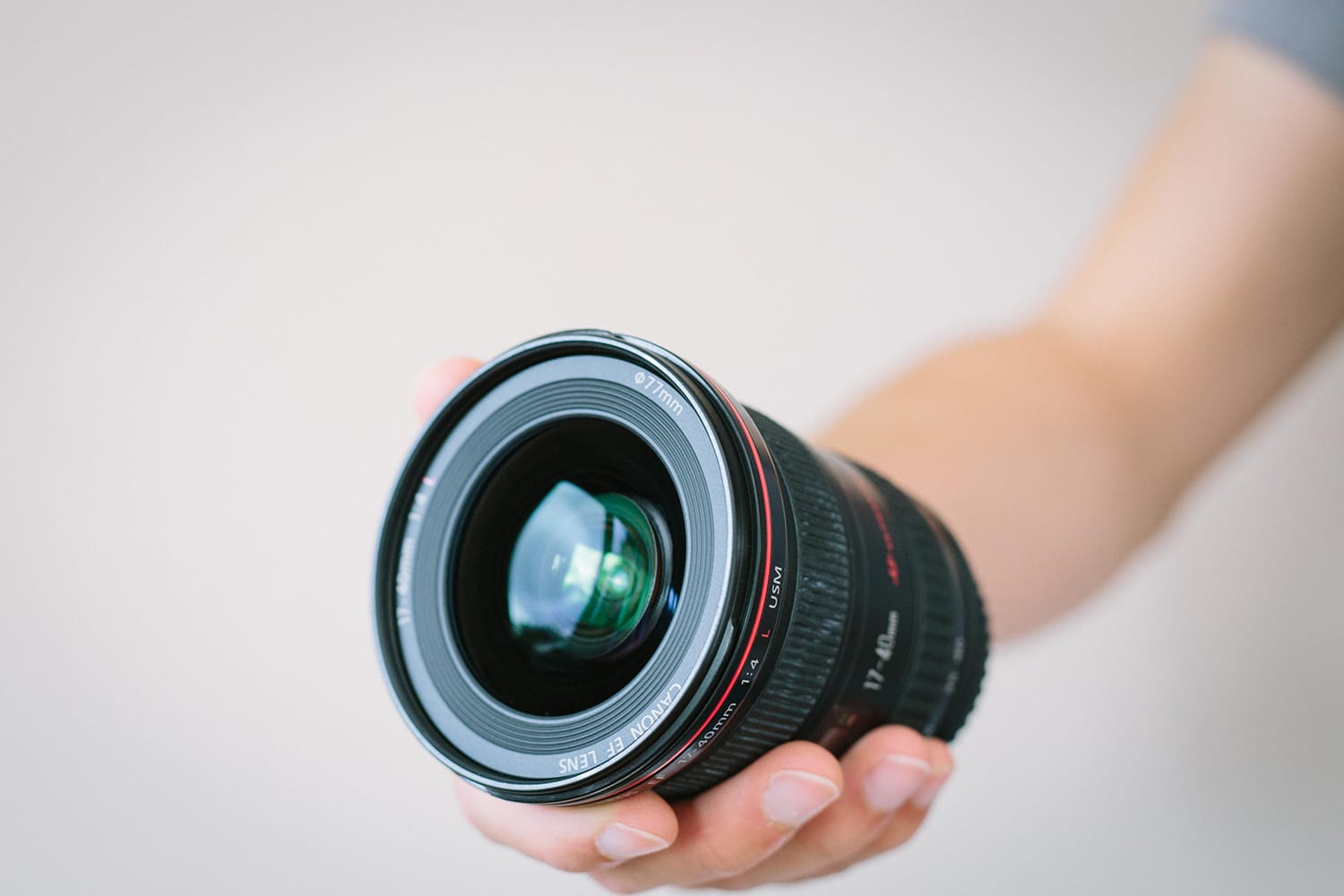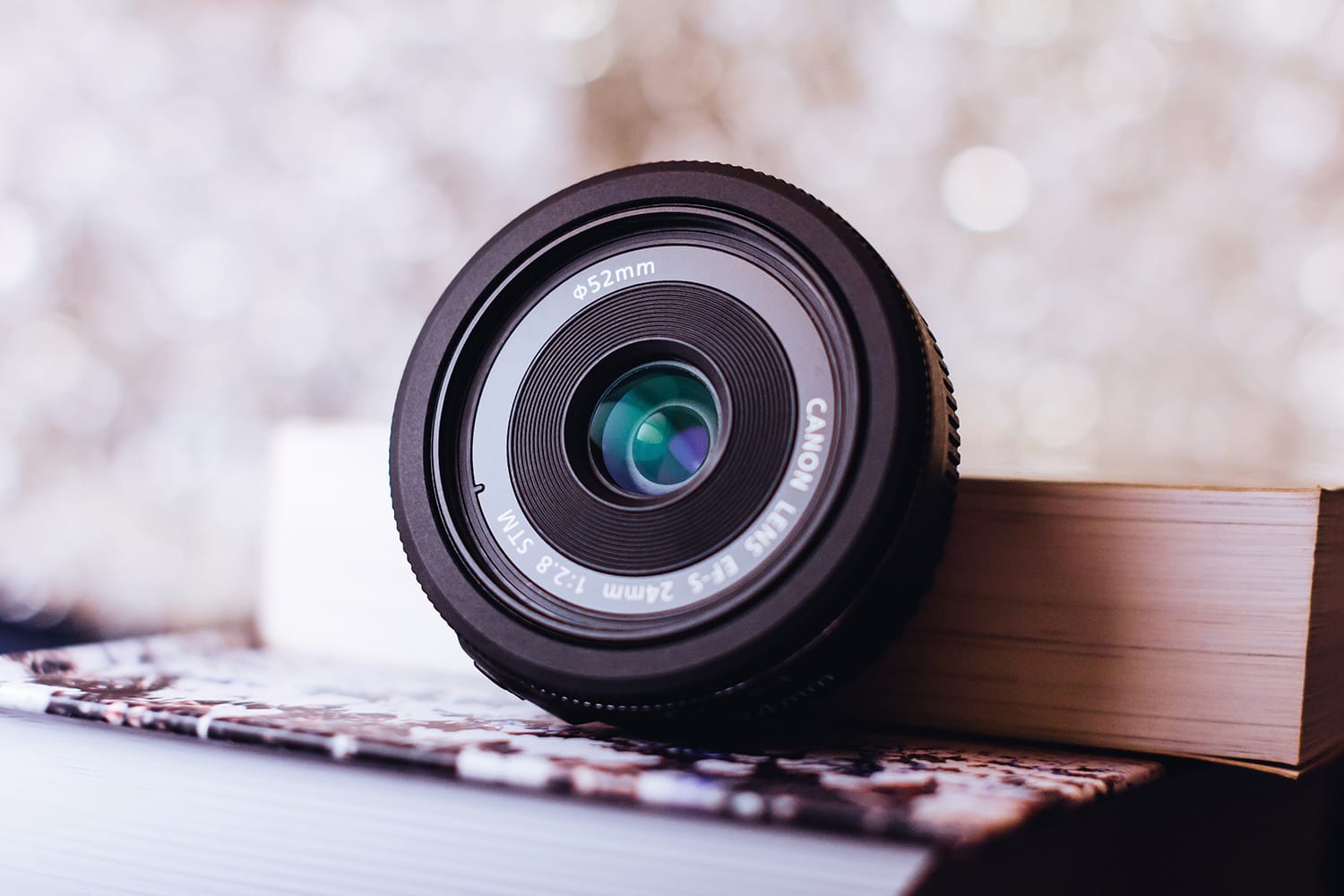Tips & Tricks for Using Wide Angle Lenses In All Sorts of Photography
Quite a number of photographers like using wide angle lenses. There are some who use them for specific purposes and there are those who prefer to use them for almost all photography types – landscape, portrait, street, environment, event, and product photography, among others.
It’s not really a complicated process but it does require a bit of technical knowledge, some getting used to, and a clear understanding of wide angle lenses.

What is a wide angle lens?
Before deciding to use a wide angle lens, the first thing you need to do is understand what it is and what its uses are, as well as what makes it different from other lenses.
A wide angle lens, simply put, gives photographers a wider angle of view. If you use a film camera or prefer a full-frame one, a wide angle lens usually has a focal length width that is less than 40mm. The usual focal length of wide angle lenses are 35mm or less for full-frame cameras.
If you use an APS-C camera, a wide angle lens will usually be wider than 20mm.
Using a wide angle lens will help you achieve several photography goals. First off, your subjects will appear closer to the lens than they actually are. It allows you to create a good perspective – objects that are far from the camera will appear smaller. As such, although the focal length is shorter, the effect is more creative.
In addition, wide angle lenses also provide you better depth of field compared to other lenses, particularly the longer ones. As such, it will be easier for you to properly frame your subject/s and ensure a sharp focus.
Why Use Wide Angle Lens?
Now that you know what a wide angle lens is, it’s time to focus on why you should use them – and on what you can do with it.

-
Wide angle lenses are used to emphasize an element or elements in the foreground
As mentioned earlier, using wide angle lens will give you the option to go closer to your subject or to an element in the foreground. It will be easy for you to focus on or emphasize that particular object because the lens will create an effect that will make it appear larger than it really is – or closer than it actually is. As such, the objects in the background will appear smaller and therefore, less emphasized.
-
Wide angle lenses are perfect for capturing scenes with interesting surroundings
This is because it allows you to; again, go close to your main subject. So what happens is that the focused object appears large but all the other elements in its surroundings are still included in the frame. Viewers will have a grand time creating stories out of your photos.
-
Wide angle lenses give you good depth of field
When your subject is a vast landscape, a skyscraper, or a busy street scene, a wide angle lens will allow you to take in everything – from the object nearest to you to the farthest area or element in focus. A perfect example? A photo of mountain ranges.
The Tips and Tricks For All Sorts of Photography
Since you now know some of the things you can do with your wide angle lens, you’re ready for these tips and tricks when using them.

-
Try to steer clear of distortion
A slight upward or downward movement of your wide angle lens can produce distorted lines, so be mindful of this. Your camera should always be perpendicular and levelled with the horizon. Do not angle it up or down. This is true even with “zero-distortion” wide angle lenses.
However, there are instances when a little distortion can do some good to your photos. If you want to do this, carefully move your lens and pay attention to how the objects or lines in the foreground and edges are affected. How distorted are they? A little, subtle distortion can create good effects. It requires a lot of practice – and patience – though.
Angle it upwards if you want to take a photo of and emphasize the sky, and downwards if there’s something in the ground you want focused. Again, move slowly and carefully.
-
Do not use polarizing filters
You might already know this but polarizing filters emphasize clouds, saturate colors, and darken skies. However, when you use a wide angle lens, the effect of these filters will be different. Your photo of the sky will come out with an uneven shade – one side will be darker than the other one.
-
In landscape photography, use a wide angle lens together with a graduated neutral density filter
Since you are photographing a really wide – vast – stretch of landscape or environment, you will have to deal with a lot of lights coming into your frame. Most of the time, your foreground will be overpowered by the brightness of the sky. To avoid this, use a graduated neutral density filter so the exposure will be corrected. The sky will then appear darker.
-
Try shooting low (worm view), especially in architectural or landscape photography
If you shoot low – from the ground up – you’ll provide a better and more interesting perspective (and angle) of your subject. You can even show the horizon, which can give a different viewpoint.
-
Do not forget to frame your shot
You’re using a wide angle lens, so make sure that you frame your subject or subjects well. Don’t stick to the traditional; try to experiment every now and then. Maybe include an open door on the side or a man swimming in the middle of the lake. This will give your viewers more interesting things to talk about.
-
Avoid positioning people in corners
Why? Because of distortion. Most of the time, your photo’s corners will be (subtly) distorted, so placing people there will make it more visible to the viewer. It is better – and more attractive – to place people at the center of the frame or somewhere near there.
People positioned in the corners will also look significantly wider and shorter than they really are. Arms, faces, and legs will appear bigger.
-
Try to shoot vertical
Be creative. Deviate from the normal from time to time. This is perfect for portraits and when shooting buildings or someone jumping off a cliff (action shots). Play with your shots. Doing so will make your images more exciting and alive.
Practice!
There are many more things you can do with wide angle lenses. The best thing for you to do is practice. Devote some time every week to practice and in no time at all, you’ll be clicking away with your camera and wide angle lens each chance you get!
